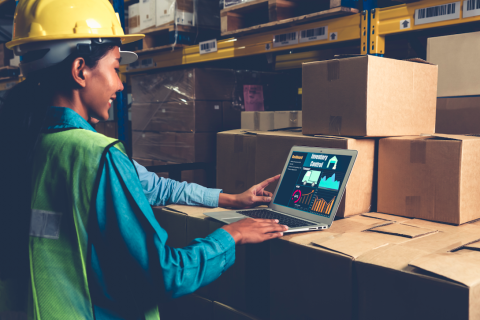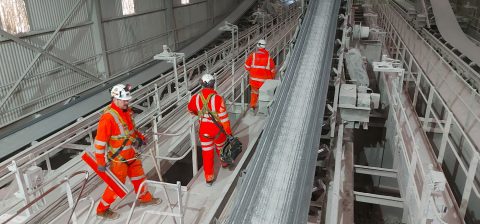Business Day Safety Safety and Security
Will IOT Make Us Safer?
Biometric access control, movement and event sensors, perimeter triggers, a real-time view of your home from an app on your phone – there are plenty of connected security technologies coming on to the market locally. Physical security is one of the most visible and lucrative opportunities in the much-talked about Internet of Things (IoT), promising more control over who comes into our homes and businesses.
Vendors are reporting high demand, and it’s not surprising: South Africans reportedly spend about R55-billion on private security annually. But can a sensor or video feed really curb crime?
City governments seem to believe so. Major metros are investing heavily in these tools as part of “smart city” transformation in an effort to counter our alarming crime stats. According to StatsSA, only 30% of South Africans feel safe in their areas after dark. Cape Town already has a relatively mature smart surveillance project that incorporates cameras, licence plate recognition software and even a network of listening devices called Shotspotter, which listens for and triangulates the location of gunshots.
Smart Home Surveillance
Another player putting their money – and ours – behind the concept of IoT-enabled security is Fidelity ADT, one of the country’s largest private security companies. ADT just launched two connected security apps aimed at private consumers, Secure Home and Secure Connect. Beyond controlling your alarm systems via apps, ADT has ventured into connected cameras and remote-managed geysers and lights.
“We want to get to a point where all of these devices are monitored intelligently,” says Carel Wessels, chief technology officer of Fidelity Security Services. This would mean using artificial intelligence (AI) to analyse video feeds, Wessels says, reducing the number of staff needed to watch screens. “In future we will have systems that are able to recognise faces of family members in the house, or let ADT run faces of suspects against our database.”
Axis Communications is one of the largest suppliers of CCTV equipment to enterprise customers, and counts major shopping mall holding groups and mining companies as clients.
Vanessa Tyne, a senior key account manager at Axis, says that in addition to monitoring feeds, they are using connected systems with two-way communication. Connected speakers allow a control room staffer to talk to a suspect triggering an alarm on site, warning them that they are being observed and further action will mean armed response.
Axis is also keeping an eye on developments in behavioural analytics tools that can be layered on top of video to pinpoint suspicious behaviour – pre-empting an armed robbery or other crime.
“The requests for AI are becoming greater,” Tyne says, “but deep-level machine learning and these types of products are too pricey for [South Africa’s] price-conscious market. As they go mainstream, the prices will come down.”
Only Part Of The Solution
Technology, however, is not a panacea, cautions Lizette Lancaster, crime and justice information hub manager at the Institute for Security Studies (ISS).
“Technology definitely has a role to play in crime prevention, but if you are asking why robberies and murders happen, you need to take a much broader view of interventions that look at early childhood development and social factors,” Lancaster says.
Where she does see distinct value in technology though, is in information gathering for trend analysis and in bolstering the justice system through e-dockets and file sharing.
“Violence and crime is incredibly complex and there is no one solution that will fix the problem.”
Lancaster warns that entering into an “arms race” with your neighbours will result in crime moving to another area, and will not necessarily protect you from violence.
“You can have the highest walls in the northern suburbs, but women are still more likely to be killed by their intimate partners, so nobody is going to keep them safe behind those walls.”






 Sign-up and receive the Business Media MAGS newsletter OR SA Mining newsletter straight to your inbox.
Sign-up and receive the Business Media MAGS newsletter OR SA Mining newsletter straight to your inbox.